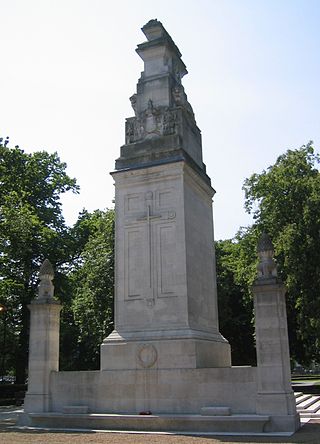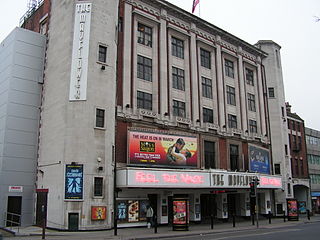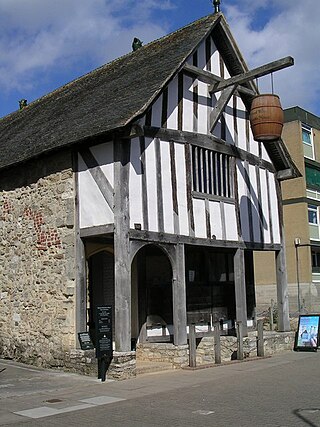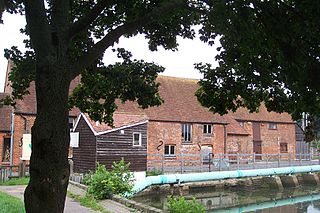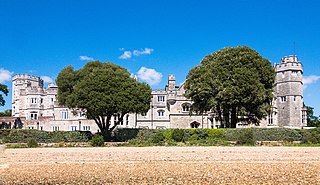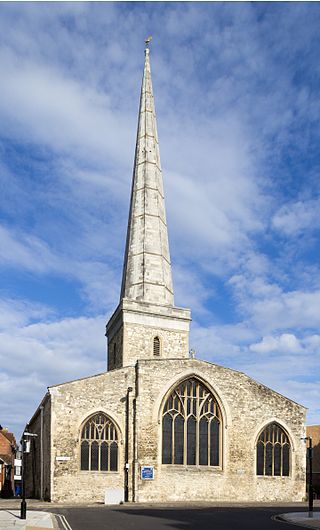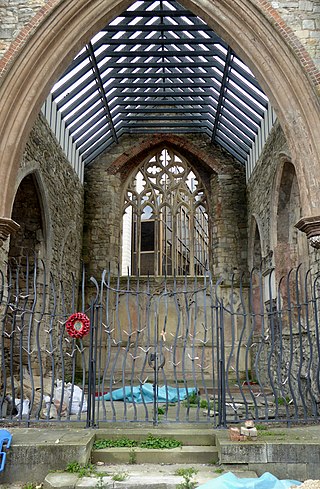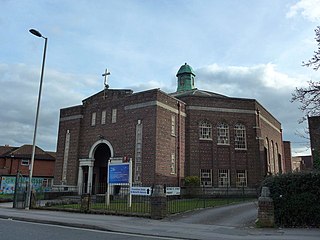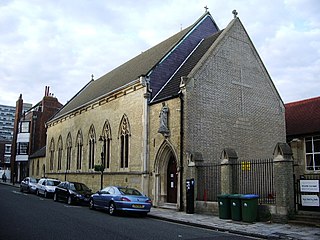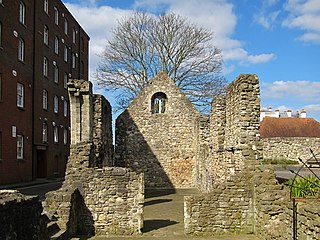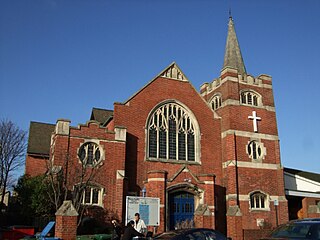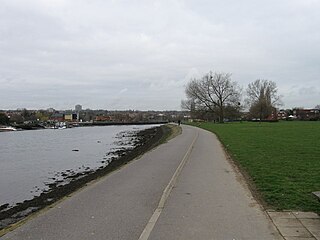15 Sights in Southampton, United Kingdom (with Map and Images)
Legend
Welcome to your journey through the most beautiful sights in Southampton, United Kingdom! Whether you want to discover the city's historical treasures or experience its modern highlights, you'll find everything your heart desires here. Be inspired by our selection and plan your unforgettable adventure in Southampton. Dive into the diversity of this fascinating city and discover everything it has to offer.
Sightseeing Tours in SouthamptonActivities in Southampton1. The Cenotaph
Southampton Cenotaph is a First World War memorial designed by Sir Edwin Lutyens and located in Watts Park in the southern English city of Southampton. The memorial was the first of dozens by Lutyens to be built in permanent form and it influenced his later designs, including the Cenotaph in London. It is a tapering, multi-tiered pylon which culminates in a series of diminishing layers before terminating in a sarcophagus which features a recumbent figure of a soldier. In front is an altar-like Stone of Remembrance. The cenotaph contains multiple sculptural details including a prominent cross, the town's coat of arms, and two lions. The names of the dead are inscribed on three sides. Although similar in outline, later cenotaphs by Lutyens were much more austere and featured almost no sculpture. The design uses abstract, ecumenical features and lifts the recumbent soldier high above eye level, anonymising him.
2. Mayflower Theatre
Mayflower Theatre is a Grade II listed theatre in the city centre of Southampton, England, with a capacity of 2,300. It features West End theatre shows when they tour the United Kingdom. In addition to this, one-off comedy shows and music events often take place at the theatre too.
3. Calshot Castle
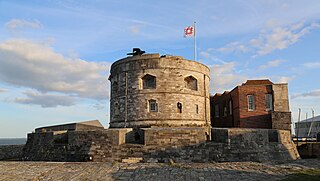
Calshot Castle is an artillery fort constructed by Henry VIII on the Calshot Spit, Hampshire, England, between 1539 and 1540. It formed part of the King's Device programme to protect against invasion from France and the Holy Roman Empire and defend Southampton Water as it met the Solent. The castle had a keep at its centre, surrounded by a curtain wall and a moat. Initially heavily armed, it had a garrison of 16 men and as many as 36 artillery guns. The castle continued in use for many years, surviving the English Civil War intact and being extensively modernised in the 1770s. During the 19th century, Calshot Castle was used by the coastguard as a base for combating smuggling. In 1894, however, fresh fears of a French invasion led to it being brought back into use as an artillery fort: a large coastal battery was constructed alongside the older castle and a boom built across Southampton Water, controlled from the castle.
4. Medieval Merchants House
The Medieval Merchant's House is a restored late-13th-century building in Southampton, Hampshire, England. Built in about 1290 by John Fortin, a prosperous merchant, the house survived many centuries of domestic and commercial use largely intact. German bomb damage in 1940 revealed the medieval interior of the house, and in the 1980s it was restored to resemble its initial appearance and placed in the care of English Heritage, to be run as a tourist attraction. The house is built to a medieval right-angle, narrow plan design, with an undercroft to store wine at a constant temperature, and a first-storey bedchamber that projects out into the street to add additional space. The building is architecturally significant because, as historian Glyn Coppack highlights, it is "the only building of its type to survive substantially as first built"; it is a Grade I listed building and scheduled monument.
5. Tudor House Museum
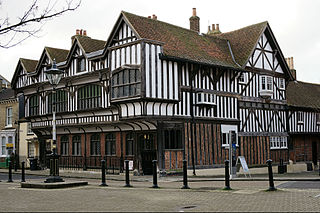
Tudor House and Garden is a historic building, museum, tourist attraction, and Grade I listed building in Southampton, England. Established as Southampton's first museum in 1912, the house was closed for nine years between 2002 and 2011 during an extensive renovation.
6. Eling Tide Mill
Eling Tide Mill, situated on an artificial causeway in Eling in Hampshire, England, is one of only two remaining operating tide mills in the United Kingdom. The other is Woodbridge Tide Mill in Suffolk. Whilst a mill is mentioned in the Domesday Book of 1086, there is no evidence that there is any connection to the present mill. The current mill was rebuilt roughly two hundred years ago after storm damage in the 1770s. Eling Tide Mill is the focal point of The Eling Tide Mill Experience, created in 2009 as The Eling Experience when the tide mill, nearby Totton & Eling Heritage Centre, and the outdoor walks at Goatee Beach and Bartley Water came under the same management and marketing. The site adopted the current name in 2018 when it reopened after a 3-year refurbishment project largely funded by the Lottery Fund. It is a Grade II* listed building.
7. St Marys Church
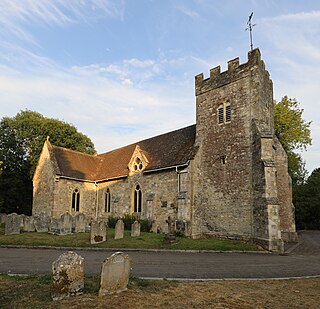
St. Mary's Church, South Stoneham is one of the two remaining medieval churches in the city of Southampton, England. Parts of the building date from the Norman period and the chancel arch is 12th century. The church lies in a secluded position off Wessex Lane, near the north-eastern edge of Southampton and is almost hidden in the Southampton University accommodation campus.
8. Netley Castle
Netley Castle is a former artillery fort constructed in either 1542 or 1544 by Henry VIII in the village of Netley, Hampshire. It formed part of the King's Device programme to protect against invasion from France and the Holy Roman Empire, and it defended Southampton Water near the Solent. The castle included a central, stone keep with two flanking gun platforms and was garrisoned by ten men. It was decommissioned during the English Civil War and by 1743 it was overgrown and in ruins. In the 19th century the property was gradually converted into a private house, being extended in a Gothic style, complete with octagonal towers. Between 1939 and 1998 it was used as a nursing home, until the high costs of maintenance led to its closure. Following an archaeological survey, it was then converted into nine residential flats. It is protected under UK law as a Grade II* listed building.
9. St Michael's Church
St. Michael the Archangel Church is the oldest building still in use in the city of Southampton, England, founded in 1070. It is the only church still active of the five originally in the medieval walled town. The church is a Grade I Listed building.
10. Church of Holyrood
Holyrood Church was one of the original five churches serving the old walled town of Southampton, England. Built in 1320, the church was destroyed by enemy bombing during the blitz in November 1940. In 1957 the shell of the church was dedicated as a memorial to the sailors of the Merchant Navy. It is a Grade II* listed building.
11. Gurdwara Khalsa Darbar
286, formerly Swaythling Methodist Church, is a grade II listed gurdwara and former church building in Swaythling, Southampton. The building was owned and managed by Southampton Methodist Circuit with City Life Church providing assistance with the day-to-day operations. Until the building was sold in 2021, Swaythling Methodist Church continued to meet on the premises in the Nona Bell Centre as a community of St James Road Methodist Church in Shirley, having closed as an official Methodist Church in 2013.
12. St Joseph's Catholic Church
St Joseph's Church is a Roman Catholic parish church in Southampton, Hampshire. It is situated on Bugle Street, in the centre of the city, north of Town Quay. The church chancel was designed by Augustus Pugin and built in 1843. It was the first Catholic church founded in Southampton after the Reformation. It was the pro-cathedral of the Diocese of Portsmouth in 1882. It is a Grade II listed building.
13. Canute's Palace
Canute's Palace in Southampton, England, is the name given to the ruins of a Norman merchant's house dating from the late twelfth century. Despite its name, the building has no connection with Canute the Great, nor was it a palace.
14. Shirley Baptist Church
Shirley Baptist Church is a Baptist church in Southampton. The main church building is situated along Church Street in the district of Shirley. Founded in 1852, the church is a member of the Baptist Union of Great Britain.
15. Riverside Park
Riverside Park is a public park located in Southampton, England. The 32-hectare (320,000 m2) site is located along the River Itchen and bounded by the districts of Townhill Park to the east and Swaythling to the northwest. The park's northernmost point backs onto the M27 motorway with pedestrian access to Itchen Valley Country Park. The southernmost point of the park backs onto Bitterne Triangle and Cobden Bridge.
Share
How likely are you to recommend us?
Disclaimer Please be aware of your surroundings and do not enter private property. We are not liable for any damages that occur during the tours.
